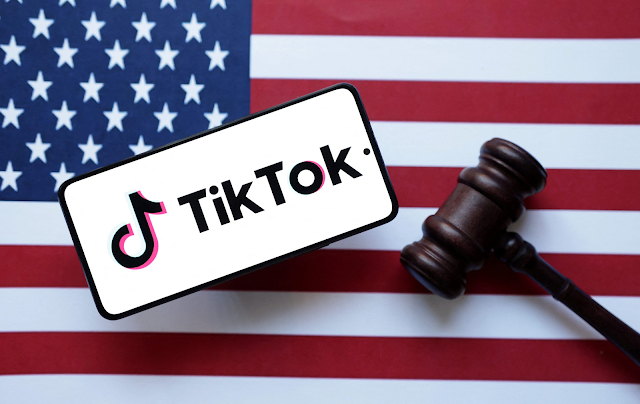The buzz around TikTok ban, or as some might call it, the drama of “TikTok vs. Uncle Sam,” has taken the internet by storm. With over 170 million users in the U.S. and countless creators thriving on the platform, the question on everyone’s mind is: “Is TikTok getting banned?” Let’s break it down, shall we?
What’s Happening?
The U.S. Appeals Court recently upheld a law that could force TikTok’s parent company, ByteDance, to sell the app to an American owner or face a TikTok ban by January 19, 2025. The ruling, based on national security concerns, highlights fears about the Chinese government’s potential access to user data and its alleged ability to manipulate public discourse through the platform.
But here’s the twist—TikTok is fighting back, appealing to the Supreme Court in hopes of blocking the legislation. While the final verdict is still up in the air, the clock is ticking (pun intended), and the stakes are sky-high.
Why Is TikTok Targeted?
At the heart of the TikTok ban update is a heated debate over data security. U.S. officials argue that Chinese laws could compel ByteDance to share sensitive information about American users. This raises concerns about espionage and propaganda.
ByteDance, however, denies these allegations, claiming the platform operates independently and adheres to stringent data protection measures. Still, the controversy persists, fueled by political and technological rivalries between the U.S. and China.
What Does This Mean for TikTok Creators and Businesses?
Imagine waking up to find that your primary source of income—whether you’re an artist, influencer, or small business—has disappeared overnight. That’s the nightmare many TikTok users are facing.
Take Tom Payne, for instance. This artist’s career soared thanks to TikTok, with his quirky “Dead Fish Art” gaining millions of views and orders pouring in. Payne isn’t alone; many small businesses and micro-influencers rely on TikTok’s algorithm to reach niche audiences.
For them, a TikTok ban isn’t just a loss of a platform; it’s a major hit to their livelihoods. Experts warn that transitioning to alternatives like Instagram Reels or YouTube Shorts will be tough, especially for those with smaller followings.
Winners and Losers of the TikTok Ban
While TikTok faces an uncertain future, its competitors are ready to pounce.
- Meta’s Reels: Instagram’s short-form video feature has seen a surge in popularity, with 60% of Reels’ recommendations coming from original content. A TikTok ban could drive millions of creators and advertisers to Meta, boosting its revenue.
- YouTube Shorts: Google’s short-form video platform is another contender, offering a similar experience and a vast user base.
Meanwhile, TikTok creators may find themselves scrambling to rebuild their audiences on these platforms.
Is TikTok Getting Banned for Good?
The answer isn’t clear yet. While the law mandates ByteDance to divest or face a ban, political factors could play a role. President-elect Donald Trump, who once supported banning TikTok, now opposes the move, claiming it stifles competition. Could he swoop in to “save” TikTok in his next term? Only time will tell.
What’s Next?
For now, TikTok remains in limbo. ByteDance is pushing back, and the Supreme Court’s decision will likely determine the app’s fate. If you’re a creator or business owner, it’s wise to diversify your presence on other platforms to prepare for the worst.
As we wait for the final verdict, one thing is clear: whether you love it or hate it, TikTok has reshaped how we connect, create, and consume content. Its potential ban marks a pivotal moment in the ever-evolving landscape of social media.
So, will TikTok dance its way into 2025, or will it be forced to take its final bow? Stay tuned—this story is far from over.






0 Comments